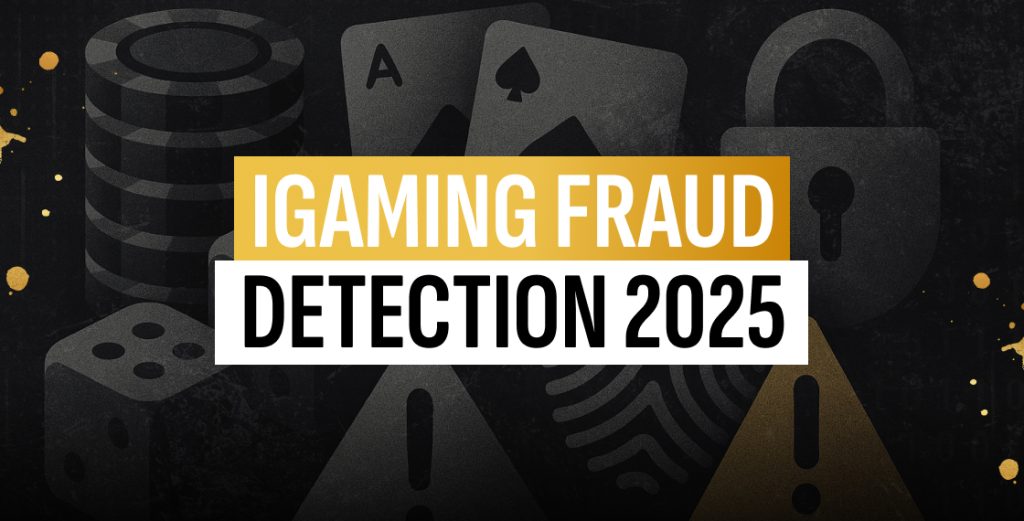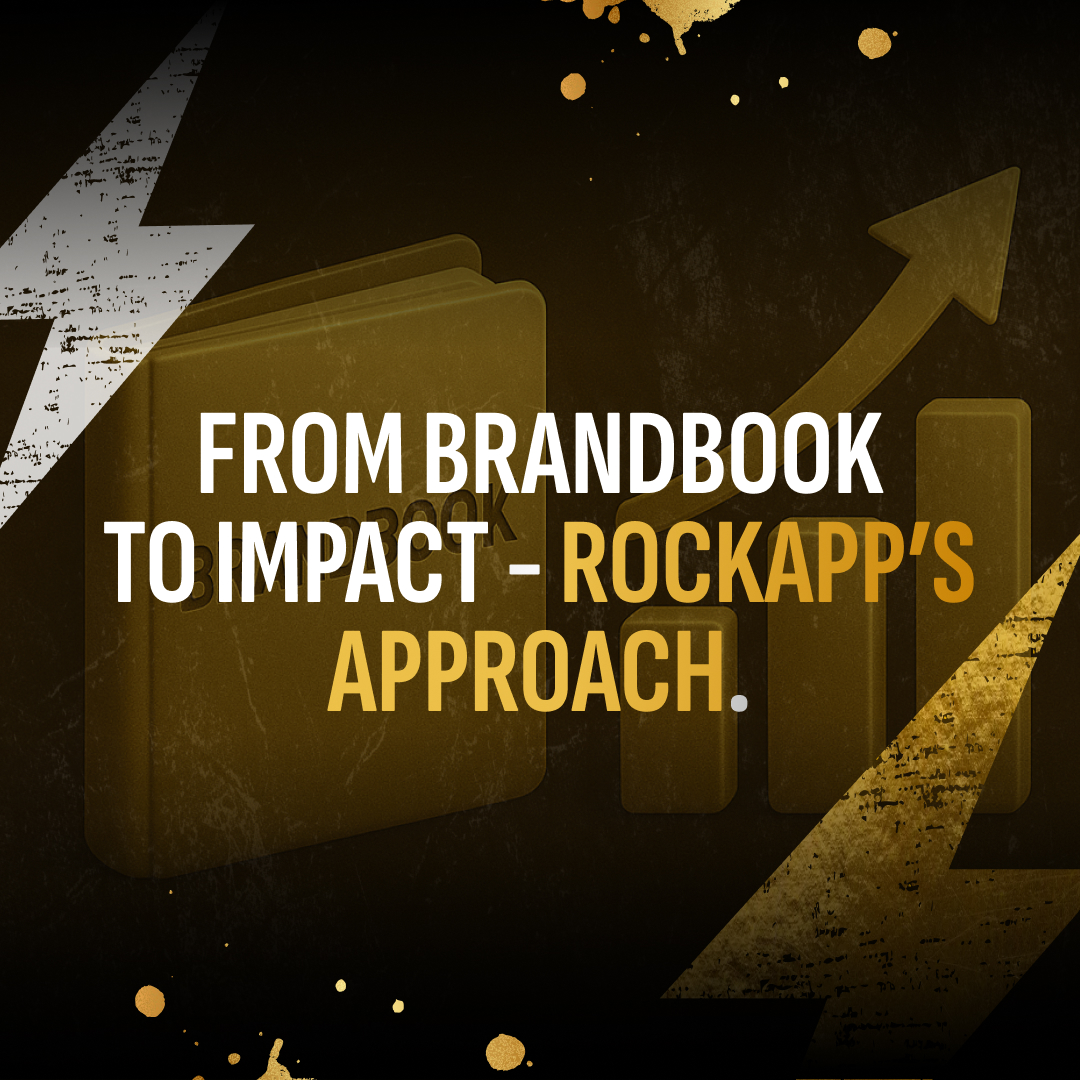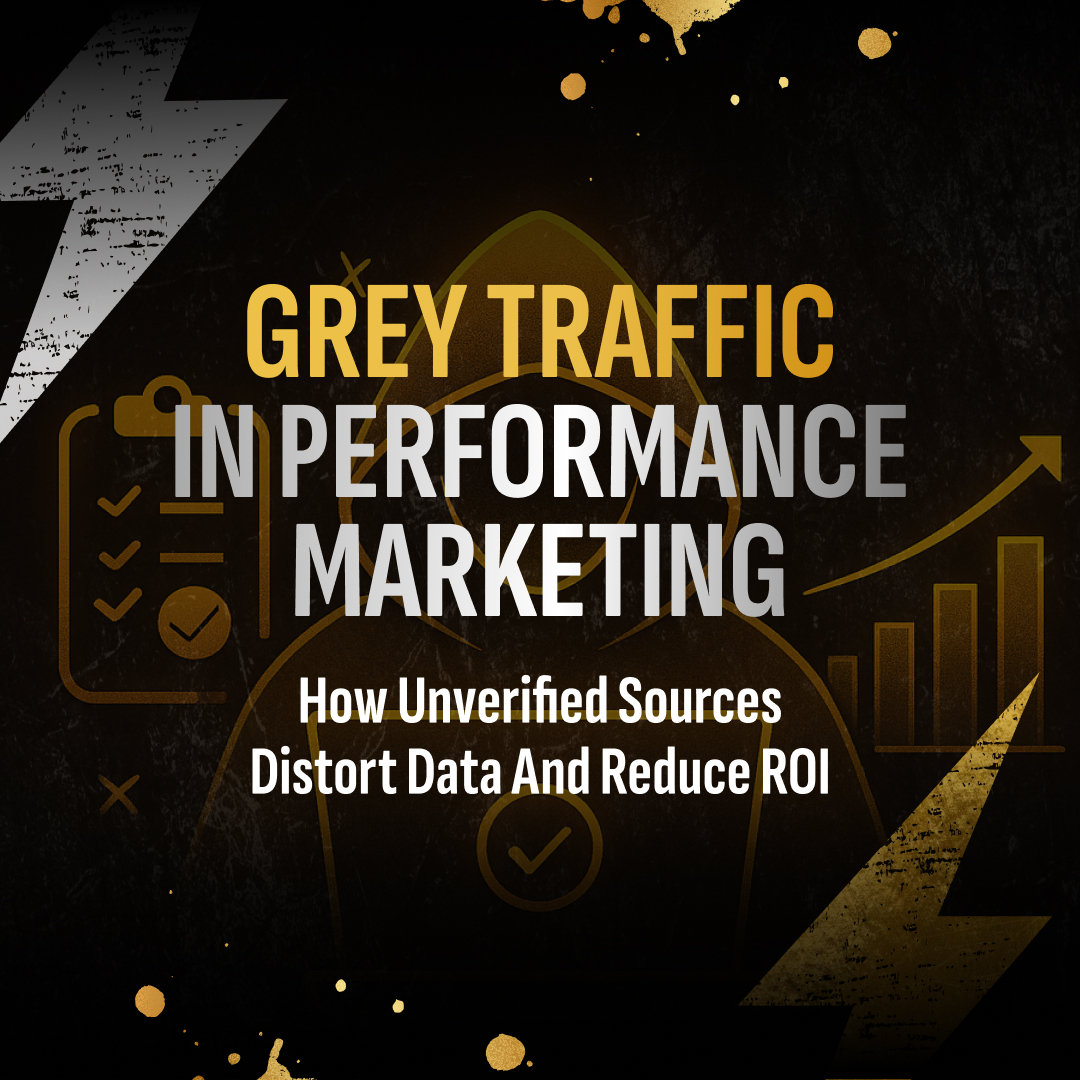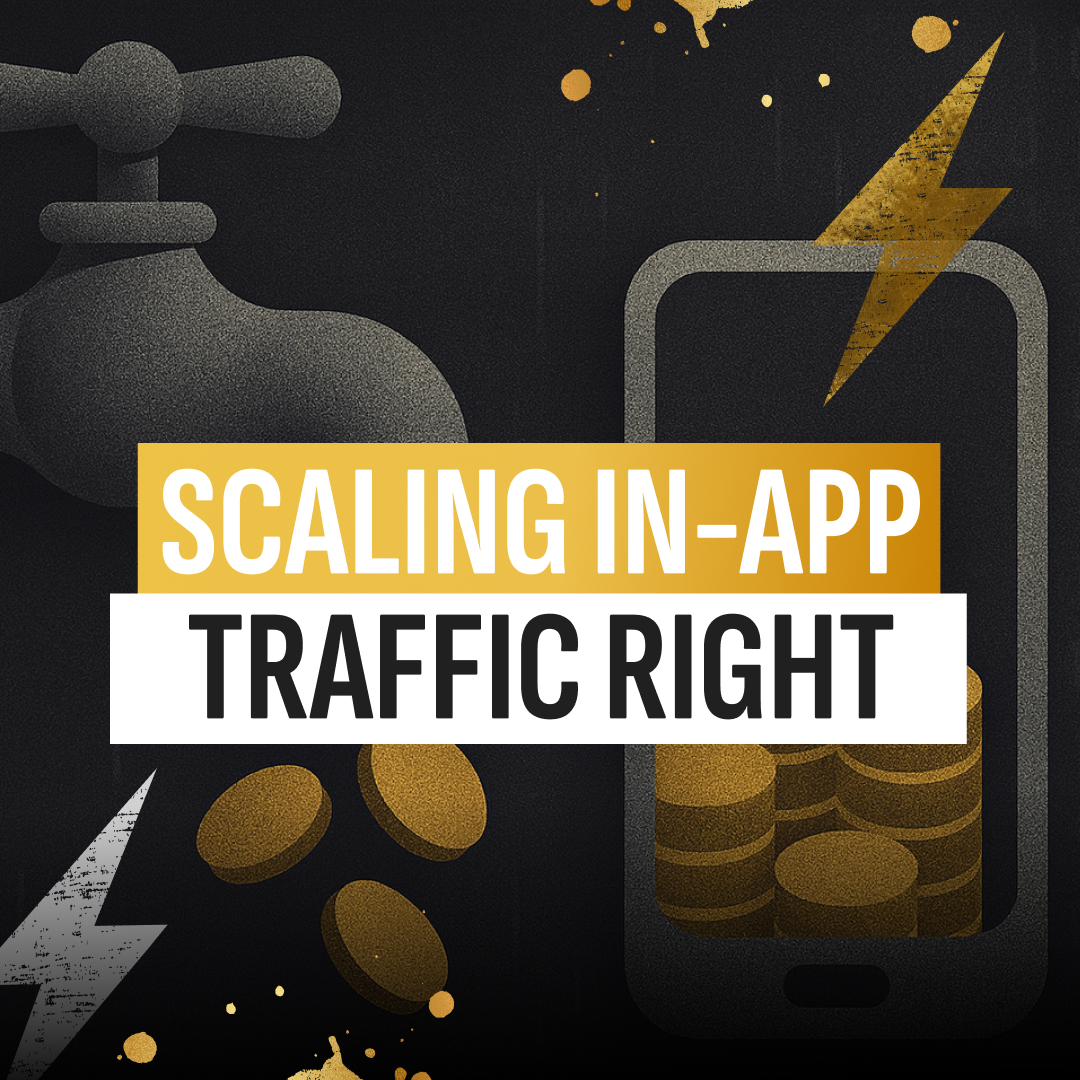Fraud remains one of the most damaging, and underestimated, threats in iGaming media buying. While performance metrics improve, so do the methods used to manipulate them. At RockApp, we treat fraud detection in iGaming not as a hygiene check, but as a strategic layer of campaign performance.
Based on our internal systems, partner insights, and recent external benchmarks, we’re sharing how fraud actually works in 2025, and what effective defense looks like today.
Read our full fraud analysis from earlier this year: Comprehensive Research on Fraudulent Traffic in the iGaming Industry
What iGaming Ad Fraud Looks Like in 2025
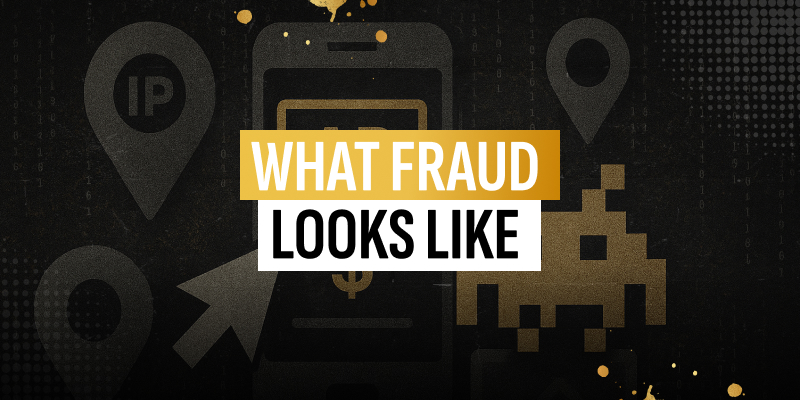
Fraud evolves fast. The schemes dominating in 2023–2024 (like click spamming, CTIT spoofing, or emulated installs) are still present, but masked under smarter wrappers.
In Q2 and Q3 2025, RockApp’s anti-fraud system detected the following high-impact threats across active campaigns:
- Device farms masked with IP rotation and pseudo-fingerprint matchers
- Postback emulation triggered via SDK injection
- Sub-publisher spoofing across programmatic platforms
- Click hijacking - especially inside white-label SSPs
- In-app inventory washing via unverified SDKs
These patterns not only skew data but lead to direct CAC inflation and funnel contamination. Most importantly - they often go unnoticed by basic fraud filters.
What Real iGaming Fraud Detection Requires
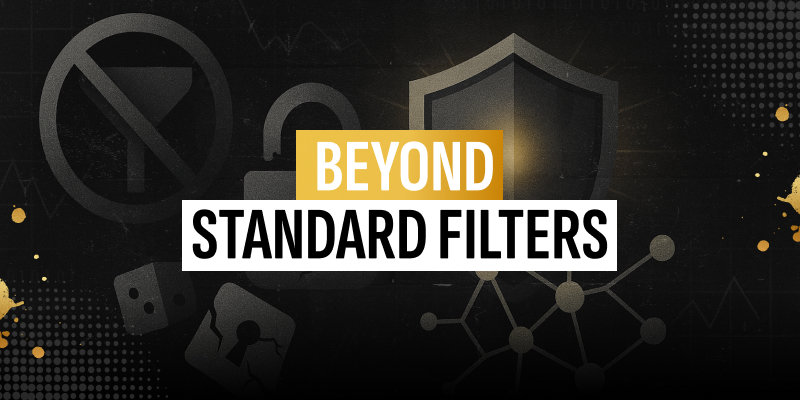
Detecting fraud in iGaming traffic is no longer about static rules. It’s about reading signals across all stages of the funnel. At RockApp, our detection strategy includes:
- Behavior-based anomaly detection: We track drop-off curves from click to install to reg to dep.
- CTIT clustering: We benchmark normal install delays across GEOs and flag suspicious spikes.
- IPM sensitivity: Sudden jumps above vertical norms trigger source review.
- Creative interaction patterns: Real users behave differently inside playables or demos.
- Postback mapping: We verify every key event against the expected timeline and user flow.
This system doesn’t block volume. It protects outcomes.
Why Standard Tools Aren’t Enough
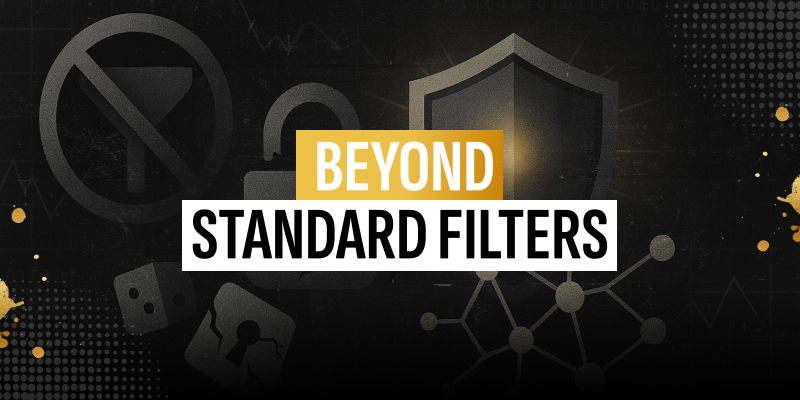
Fraud control from MMPs is essential - but not exhaustive. Platforms like AppsFlyer or Adjust provide first-layer filters. But when fraud is embedded in creative engagement, session simulation, or misreported postbacks, brand-side systems need to go deeper.
We’ve engineered our own fraud audit stack:
- Clean source tagging
- Pre-launch test traffic
- Creative sandboxing
- Delayed postback validation
- Session path comparison
Only full-stack, cross-stage fraud detection in iGaming campaigns ensures clean signals and accurate optimization.
Strategic Shifts for 2025
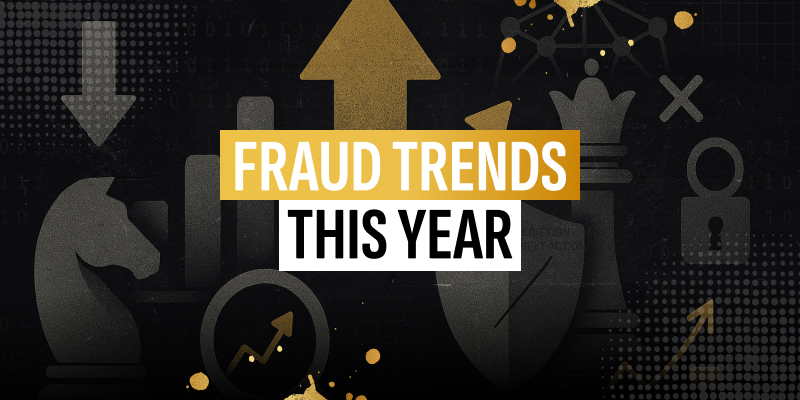
Key takeaways from our fraud handling in 2025:
- Tier-1 ≠ safe by default: Some of the most manipulated traffic originates from Tier-1 GEOs.
- Push traffic requires custom filters: Over 60% of anomalies in our July 2025 campaigns were linked to push-inventory sources.
- Fraud hides in the retargeting layer: Especially when event feedback loops are delayed.
- Creative fraud exists: False engagement via auto-played or manipulated units is rising.
Effective detection now sits between media buying, creative QA, and backend analytics.
How RockApp Handles Fraud: System, Not Assumption
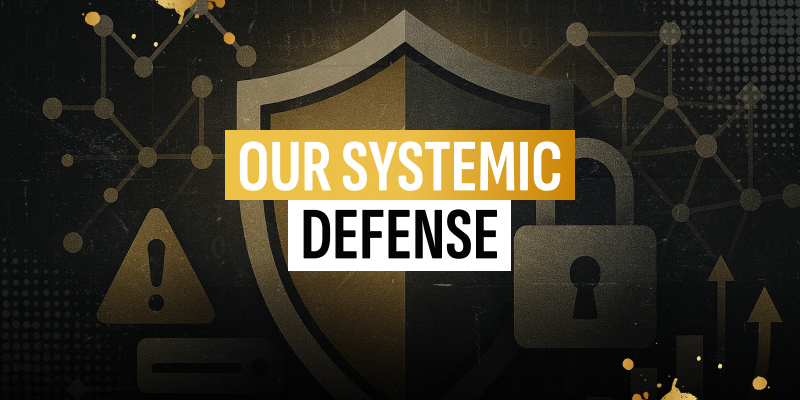
At RockApp, fraud detection in iGaming isn’t a checklist - it’s part of campaign design:
- We validate sources before scale
- We exclude on behavioral signals, not channel labels
- We run fraud reports per GEO and vertical
- We test creatives for manipulation sensitivity
- We align bidding systems with trust-based data layers
Every campaign moves with its own risk model. We build around it.




